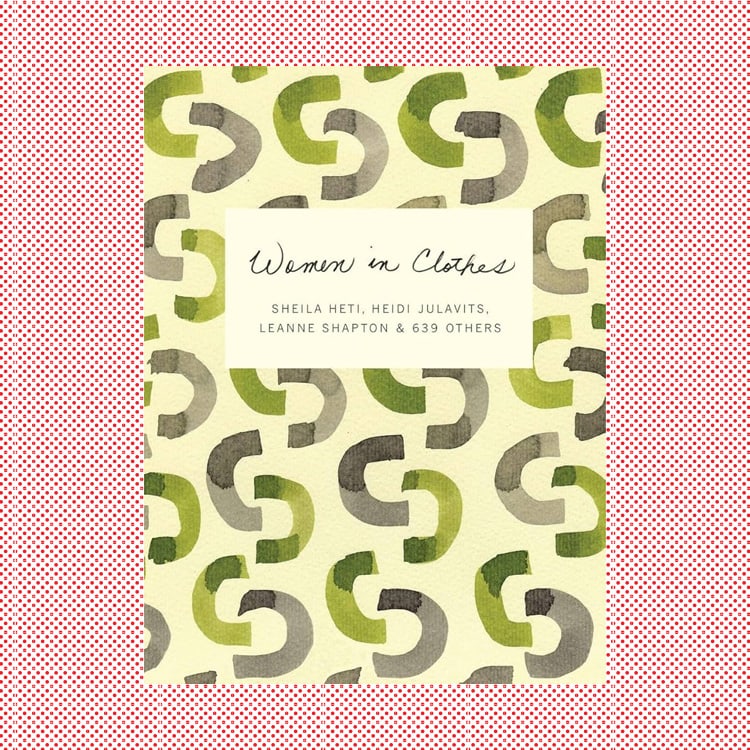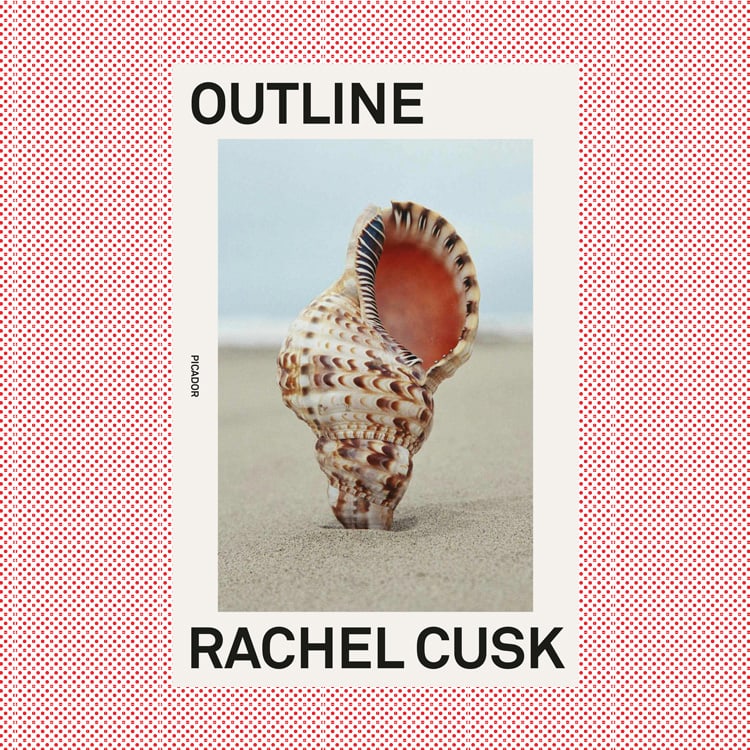Look Good, Feel Good, Play Good is the first book to chart a visual history of women’s sportswear and the role that Nike played in it over the last 50 years. Edited by Maisie Skidmore, the book is a fascinating look at the relationship between women and the garments they wear.
We caught up with Maisie to recommend some of the books that have influenced her.
Look good, feel good, play good is a book about Nike sportswear, and what it means to women. It investigates the garments women wear, and why they wear them – whether that’s by elite athletes or aspiring amateurs, to run marathons or to run errands. It’s about the spaces we perform in, and the way we use clothing to do it: from the field and the fitness studio to the online world and the street outside. The book is rooted in Nike’s apparel catalogs – an incomplete collection of printed publications that chart what the company actually made and sold between 1981 and the early 2010s. It’s often dubbed ‘the backbone of Nike’s salesforce’, because it’s the definitive source of knowledge, as far as product lineage is concerned. Using the catalogs as our primary source allowed us to bypass the brand’s carefully honed image, and instead look at its real relationship with its customers. The scans are torn and hole-punched, wrinkled and even low-res in places – a welcome departure, for me as an author, from shiny shots of brand new clothes on shelves.
The backbone of the book is a series of 22 monologues by Nike athletes, dissecting the nitty gritty of what they wear, and why – from Sha’Carri Richardson on her nails, to Joan Benoit Samuelson on the singlet she runs marathons in. It features five essays by brilliant writers, researchers, curators and academics at the very forefront of their fields, exploring the themes that head up each chapter – from the performance of sports aesthetics as a style choice in the street, to the way women reclaim ownership over their own bodies and harness that to achieve excellence, or the historic moderation and alteration of sportswear by athletes with disabilities to accommodate and support their needs. It also includes five stories which consider the archetypes of women’s sportswear – warm-ups, jerseys, leggings, sports bras and shorts – and their trajectory within wider contemporary culture.
From the very first conversations about this book, we knew we wanted it to push back against the idea of ‘women’ as a single, monolithic entity with one set of ideas, values, and needs. Instead, the book includes many different voices, from many different spaces, in their own words wherever possible. I would love for a 12-year-old girl who loves playing soccer to read Megan Rapinoe’s words about her decision to dye her hair, and see space for herself and her own choices, whatever they might be.
The book that most influenced you while working on this book

My copy of Susan K Cahn’s Coming on Strong: Gender and Sexuality in Women’s Sport is very well-worn now – pages folded down, full of post-its and pencil annotations from the months I spent writing about the archetypes of women’s sportswear. It’s an incisive and incredibly detailed account of the many hypocrisies and double standards that have plagued women’s sport, but it’s also rich in stories, the trials and tribulations and successes that make sports so compelling. An academic study that you can power through like it’s a beach read – a rare and excellent thing.
A favorite book on the intersections of design x fashion x culture x branding

I’ve given away at least two of my copies of Women in Clothes – a book I wish very deeply that I had come up with the concept for. Sheila Heti, Heidi Julavits and Leanne Shapton wrote a questionnaire about what they wear, and why, and invited women around the world to respond to it. This book contains their answers, along with many beautifully documented collections, interviews, personal histories, preferences. It’s a time capsule from ten years ago, an era still tinted by Tumblr and the world of fashion blogs, and very easy to enjoy.
A non-design book that has influenced how you write

I think I first read The Presentation of the Self in Everyday Life on the recommendation of a writing teacher. It was written by Erving Goffman in 1956, and in it, he uses a theater metaphor to describe the way individuals will try to control the way they are perceived in social interactions. In the age of the ‘personal brand’ it has a new resonance. Cloaked as we are in self-awareness, I love to try to use writing to probe at this idea.
A fiction book that has influenced your work/thinking

I love Rachel Cusk’s work, so direct and devastating. I first discovered her through the Outline trilogy, a series of three novels that are written in first-person and told entirely through conversations with others. I was lucky enough to hear her speak a few years ago, and in describing the impetus for writing this way she talked about the ethics of creating characters – speaking on their behalf, writing thoughts into their heads. I think about this all the time, particularly when I’m interviewing.
A book more designers should read

The Penguin Dictionary of Symbols is my favourite book to pick up when I’m stuck, or looking for inspiration, or procrastinating. Which is often.
A book readers should turn to next after yours

One of my favourite discoveries during the research for Look good was The Advanced School of Collective Feeling, a newly published and beautifully illustrated book which explores the advent of ‘physical culture’ in the 1920s and 30s, and the impact this had on the era’s most influential architects – among them Marcel Breuer, Charlotte Perriand, Richard Neutra, and more. It’s full of archival photographs, plans and drawings. A total delight.
An book you’re excited to read next

I’m just coming to the end of Saving Time: Discovering a Life Beyond the Clock by Jenny Odell (episode 132), a book exploring our conception of time and the way it has been shaped by industrialism, colonialism, ecology, and the digital landscape. It’s one of those rare books that totally upends the way you think about something that governs your life, and its effect has slowly trickled into every part of my day. But it’s taken me so long to finish (work! life! parenthood!) that I’m preparing to read it again as soon as it finishes. A refresh. Jenny Odell is one of so few writers who leaves me feeling compelled to do this.

Look Good, Feel Good, Play Good: Nike Apparel by Maisie Skidmore, is now available from Phaidon.




